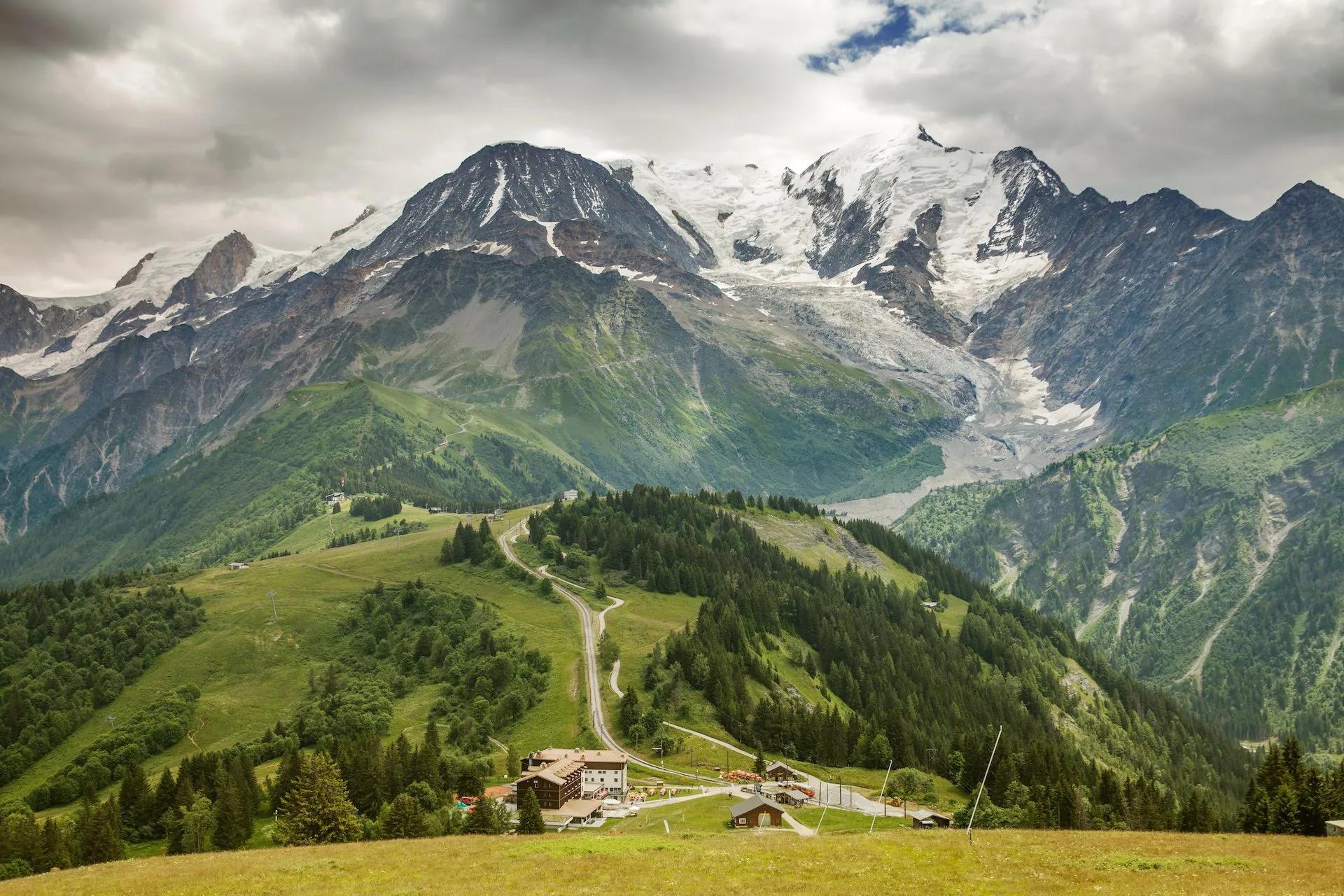Chalet Hôtel du Bois











Tour du Mont Blanc in Comfort
12 days / 11 nights
|
Starting point
Les Houches
Finish point
Les Houches
Season
From June to September
Technical level
3/5
Fitness level
4/5
Tour type
Inn-to-Inn
from:
2.900 €
/person
Starting point
Les Houches
Finish point
Les Houches
Season
From June to September
Technical level
3/5
Fitness level
4/5
Tour type
Inn-to-Inn
- Trek through France, Italy, and Switzerland on a legendary alpine trail
- Enjoy the comfort of charming hotels, mountain chalets, and refuges
- Cross suspension bridges, alpine meadows, and majestic mountain passes
- Relax in charming villages with Mont Blanc always in view
Itinerary of the trip
FREE ITINERARY
Get Your Travel Itinerary
Loved the itinerary? Enter your email below, and we'll send a copy straight to your inbox.
What’s included in the price?
Self-guided
NOT INCLUDED
OPTIONAL EXTRAS
What to bring to the tour
- Hiking shoes/boots
- 25 to 45-liter backpack
- Base layer
- Sports T-shirts
- Hiking shorts
- Hiking water-repellent pants
- Waterproof jacket
- Midlayer
- Sports socks and underwear
- Leisurewear for evenings
- Down jacket
- Gloves
- Shade hat/cap
- Warm headwear
- Sunscreen
- Sunglasses
- Headlamp
- Hiking poles
- ID card or passport
- Snacks
- Cash
- Water bottles or hydration pack
- Sleeping liner
- Toiletries
- Toilet paper
- Small first aid kit
Experience the magic of the Tour du Mont Blanc without having to sacrifice your comfort!
From the charming French village of Les Houches to the picturesque Swiss valleys and scenic Italian meadows, every night you’ll retire to cozy accommodations. Blending simplicity with elegance, these hotels, alpine chalets and mountain refuges will be the perfect place to recharge your batteries.
Each day, you’ll traverse stunning landscapes, cross borders and take in awe-inspiring views. Your journey will take you around Western Europe’s highest peak, through valleys, across suspension bridges, and up thrilling passes like the Col du Bonhomme, with the grandeur of Mont Blanc ever-present.
Designed for adventurers who seek the thrill of the outdoors but also appreciate life’s comforts, this bespoke hiking tour is the perfect choice.
To make your hiking experience even more enjoyable, we take care of all logistics. From booking top-notch accommodations to providing detailed digital guidebooks and GPS tracks, we make it our mission to ensure you can focus on the beauty around you.
Join us for an unforgettable journey through Europe’s most iconic hiking trails – where breathtaking nature meets indulgent comfort!
Frequently Asked Questions
Ratings & Reviews

5.0 average rating

We had a lovely hike today with our guide Klemen. He personalized the tour on our needs and interests, so that we saw places we wouldn't without his experience. The hike was a little bit slippery after the rain from the last days and it went a lot upwards, but it was totally worth it! Thanks again :)



Abigail Gilmore
Had a great time on this hike. Great and simple way to see the TMB. Would recommend Hut to Hut to friends.

Carolan Mackay
We had a great time. We would have liked more descriptions for options with easier passages - one person in our group required that a lot.
We had a lovely hike today with our guide Klemen. He personalized the tour on our needs and interests, so that we saw places we wouldn't without his experience. The hike was a little bit slippery after the rain from the last days and it went a lot upwards, but it was totally worth it! Thanks again :)



Carolan Mackay
We had a great time. We would have liked more descriptions for options with easier passages - one person in our group required that a lot.

Abigail Gilmore
Had a great time on this hike. Great and simple way to see the TMB. Would recommend Hut to Hut to friends.
Similar Products
All available guidance options
Self-guided
Those who like a good adventure and limitless flexibility should go on a self-guided tour...

Hassle-Free
We handle itineraries, accommodations, and anything else you prefer not to deal with, so you can enjoy a carefree hike.

Book with confidence
We are a financially protected company, fully bonded and insured, keeping your money safe and allowing you to travel with confidence.

Tried & Tested Adventures
Only the best adventures on the TMB, cherry-picked by our local team with an in-depth knowledge of the region.

Unbeatable support
Our 24/7 customer support is where we show our passion, bringing you a better experience by making your well-being our number one priority.
.png&w=384&q=75)





































.png&w=3840&q=75)